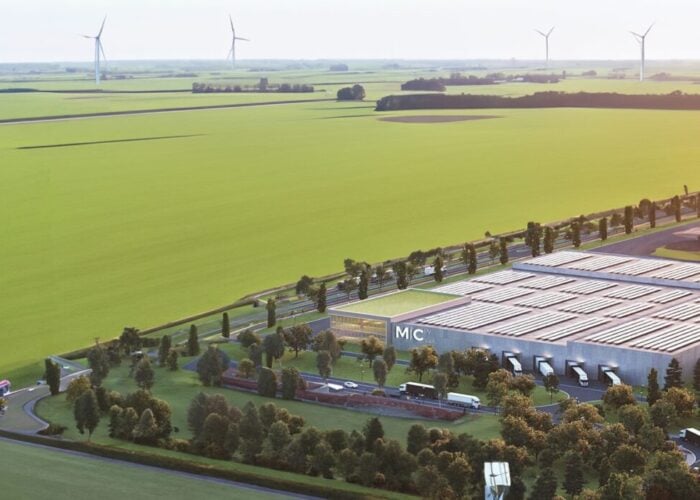The need for resilient electricity supplies is driving demand for micro-grids in the Asia-Pacific region to the “threshold of exponential growth”, according to a new report from Frost & Sullivan.
The California-based “growth consulting” firm has issued Analysis of the Asia-Pacific Microgrid Market through its Energy & Power Growth Partnership Service programme. According to the report, the market generated revenues of US$84.2 million in 2013 and Frost & Sullivan predicts that by 2020 this will rise almost tenfold to US$814.3 million, forecasting a compound annual growth rate of 38.3%.
Try Premium for just $1
- Full premium access for the first month at only $1
- Converts to an annual rate after 30 days unless cancelled
- Cancel anytime during the trial period
Premium Benefits
- Expert industry analysis and interviews
- Digital access to PV Tech Power journal
- Exclusive event discounts
Or get the full Premium subscription right away
Or continue reading this article for free
This growth is expected to come from activity in establishing microgrids for rural electrification in developing countries, and from commercial microgrids in the developed ones. The report cites the examples of Australia and Japan among the developed countries.
Mining operations in remote parts of Australia are one example of reliance on microgrids, powered by on-site generation. This has come traditionally from diesel generators, which are being combined with or replaced by solar-plus-storage. According to several sources the economics for this are already compelling.
Countries with a strong recent history in rural electrification referred to by Frost & Sullivan include Indonesia, the Philippines and Malaysia. In the example of Indonesia, the country’s utilities are aiming to bring electrification to 90% of the rural population by 2025. In total the report covered the countries of Japan, South Korea, Indonesia, Malaysia, the Philippines, and Australia.
However, despite this recent activity, the report highlights several barriers that are preventing the market reaching its potential. One such example is the high capital cost of installing microgrids in tandem with energy storage systems. Frost & Sullivan points to government support schemes, such as the renewable energy fund endowed by Australia’s ARENA as a means of encouraging adoption. As yet there is also a lack of structured financing for the still emerging microgrid market, the report said.
Avanthika Satheesh, Frost & Sullivan energy and environment research analyst said however, that rising electricity prices in many regions would lead utility companies away from diesel and onto renewables to run their microgrids. It could also encourage “stronger governmental support through favorable regulations, funds and subsidies”, as the use of renewable energy for microgrids would require some forms of energy storage, which are still expensive to install, said Satheesh.
On a similar note, a recent guest blog for PV Tech’s sister site PV Tech Storage, by Dr Tim Fox of the UK’s Institute of Mechanical Engineers discussed how better distributed energy options including solar and storage could allow agricultural communities in rural areas to connect with markets outside their immediate geographic sphere of influence, while also improving quality of life.
“The utilisation of renewable energy sources, either in standalone off-grid applications or in combination with local micro-grids, is therefore recognised as a potential route for rural farming communities to develop, as well as an opportunity to tackle the health issues associated with kerosene and biomass dependence. For example, the Indian Government aims to replace around 8 million existing diesel fuelled groundwater pumps, used by farmers for irrigation, with solar powered alternatives,” according to Fox.
Also this week, the consulting group issued a report on how it predicts the effects of climate change will lead to a restructuring of the building industry in the Asia-Pacific region. According to Country Benchmarking: Climate Change Remodels the Buildings Industry in Asia-Pacific, the effect of changing temperatures will have an “inevitable” effect, with the building industry needing to focus more on energy efficiency and renewables to counteract rising electricity consumption, tariffs and operational costs.






